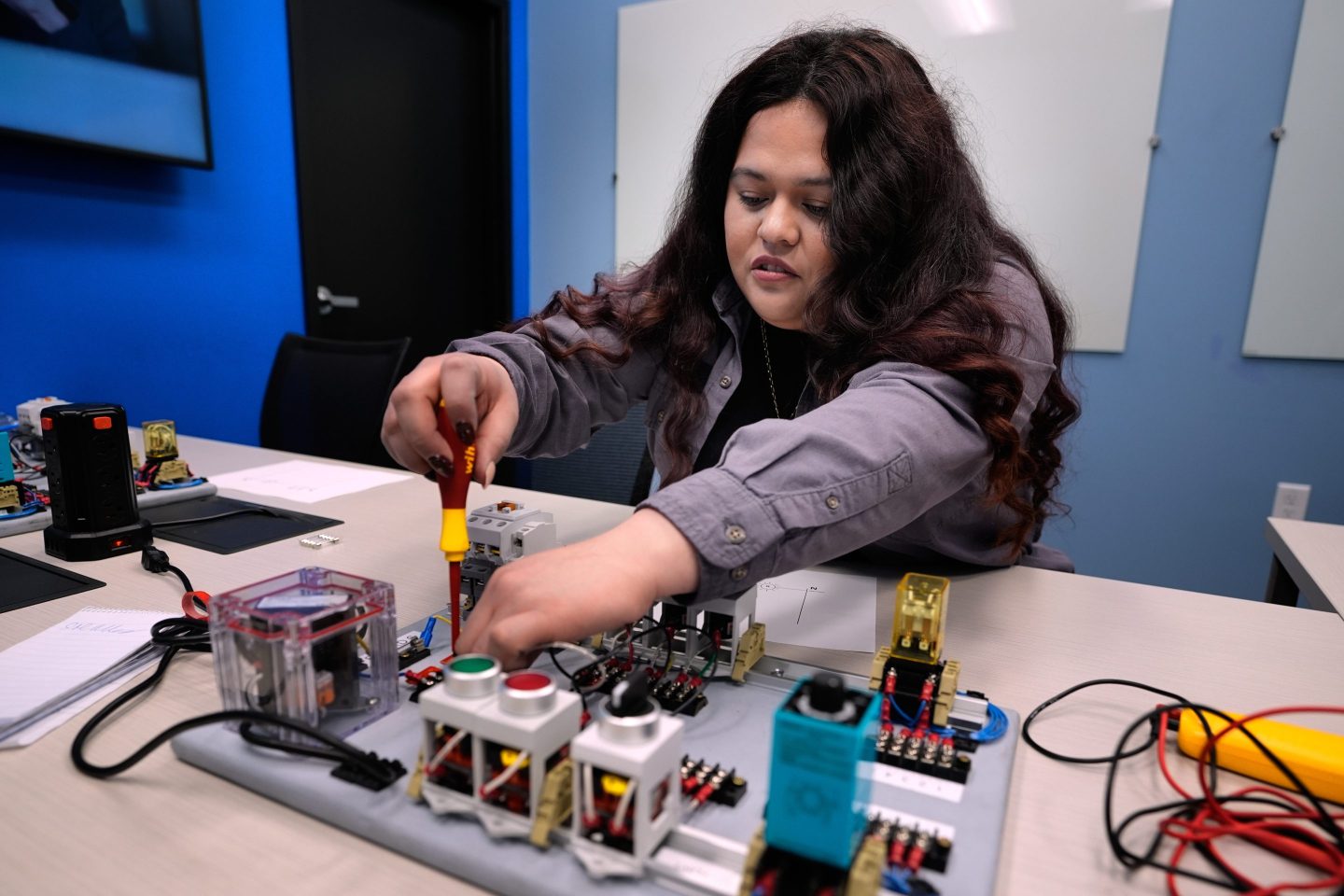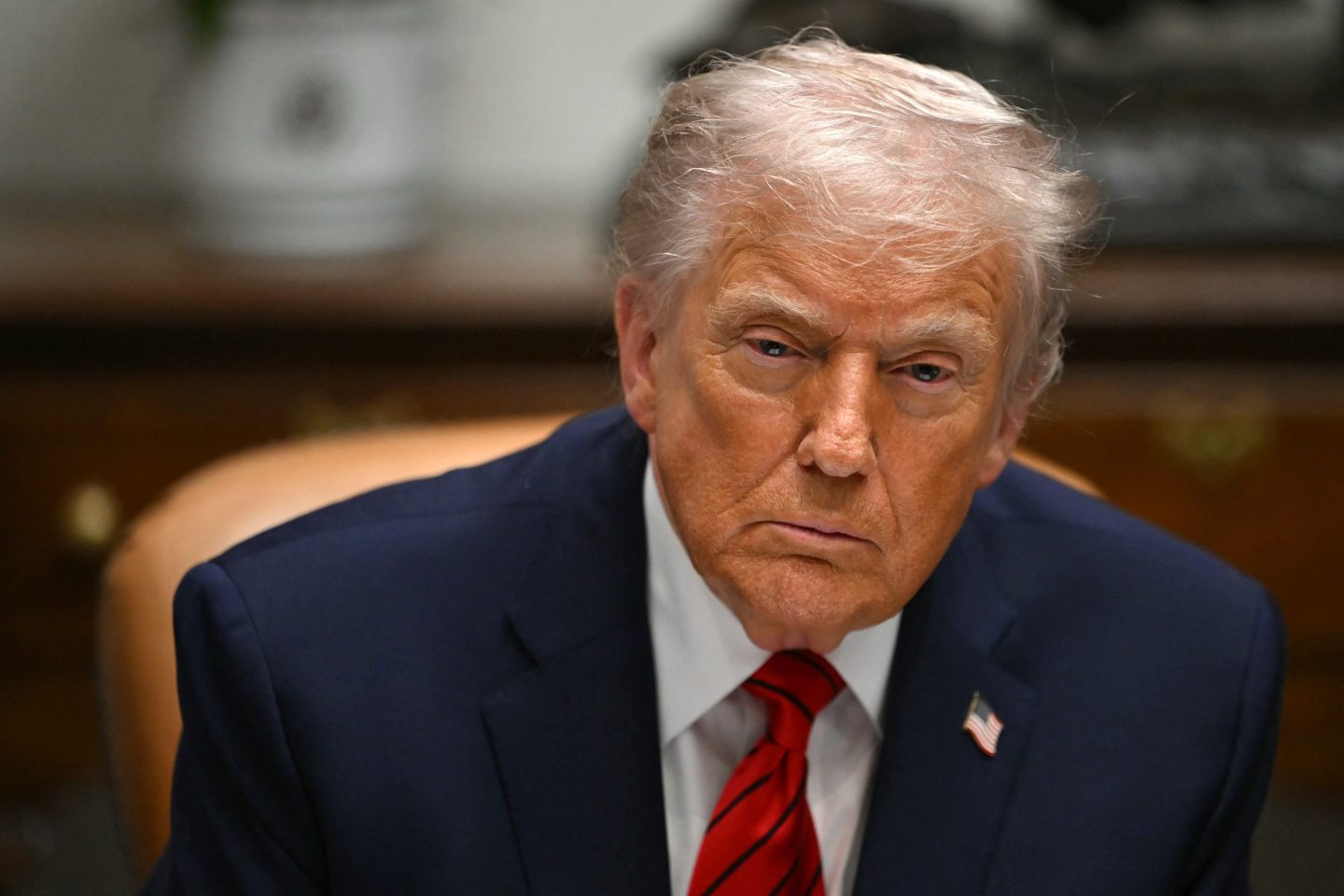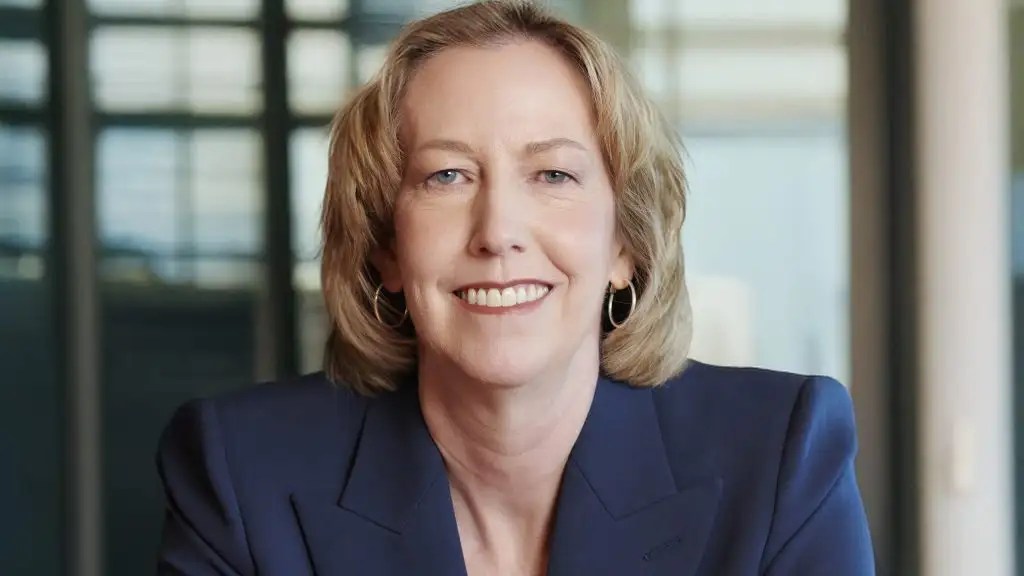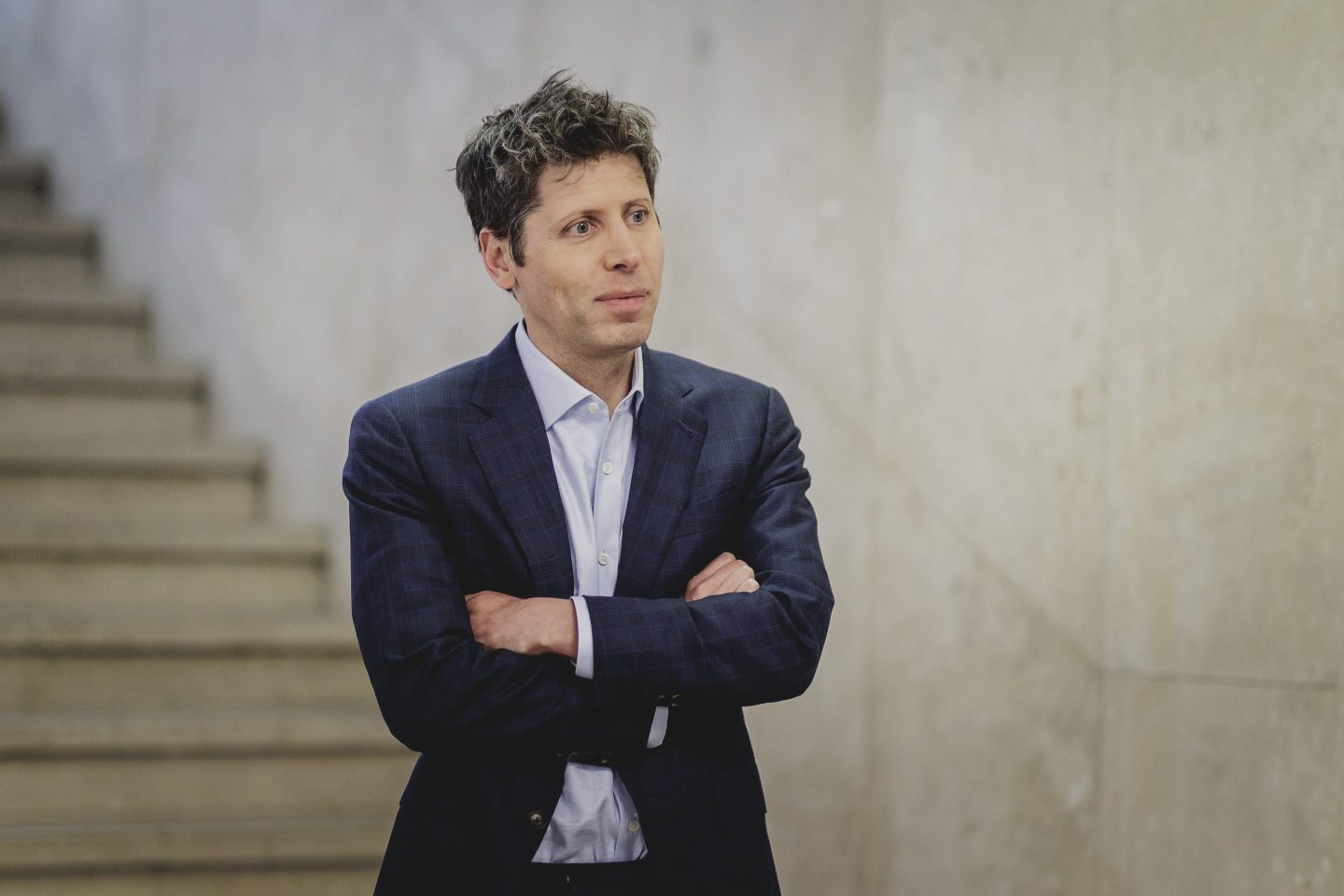I’m not sure, but I think most people agree history repeats itself.
Now, if you disagree, I’d love to hear, because I’m not sure I’ve ever heard a full-throated rejoinder to this idea. We may quibble over whether it repeats or rhymes, or that only some parts repeat and others are one-time-only. (My incremental, linguistic nuance is that history doesn’t repeat so much as echo.) That said, just because most of us believe in some fashion that the cliche about history repeating itself is true, it doesn’t mean that factors into our decision-making.
“In the world of finance, it’s amazing to see how little history plays a role in future decisions,” Ethan Batraski, Venrock partner, told me recently over Zoom. “So, past experiences, if in memory at all, are dismissed as an inability to appreciate the wonder of this new, new thing.”
And we are currently in the midst of a new, new thing as the AI boom continues to be a fixture in the public and private markets. I’ve been wondering a lot lately about how the AI boom compares to the dotcom boom and, while there’s a lot of overlap, there’s also a key difference—where the money that’s driving it is coming from.
“Investment banks were making a killing taking tech startups public,” said Batraski. “It was a sales machine going into overdrive, going to any greedy or reckless buyer that would buy. And it was a tragic comedy that obviously would end in tears.”
Lately, though, it’s been venture dollars driving these booms, especially with the public markets closed to startups. And if anyone should be attuned to the lessons of the past, it’s venture capitalists.
Three of the most recent tech booms—mobile, direct-to-consumer, and now AI—were subsidized by venture dollars, Batraski says. “These recurring processes of booms and busts are very predictable. Most investors, VCs included, act as if the latest market trend will continue indefinitely.”
Consider the direct-to-consumer boom between 2013 and 2016, in which a swarm of new companies in the mold of Warby Parker and Allbirds pumped scads of cash into social media advertising.
“They spent a massive amount of dollars on advertising in order to acquire customers,” said Batraski. “Almost all those dollars went to Facebook, with VC dollars subsidizing it. Fast forward to today, you’re building an AI company and spending massive amounts on GPUs, offering an AI service at a significant loss—VC dollars subsidizing it.”
It’s worth thinking about how that played out, said Batraski, who led ads at Facebook around that time.
“We had a business that went from $1 billion to $7 billion in a 12-month period, because VC dollars were subsidizing this crazy CAC-to-LTV ratio of these gross margin-negative DTC companies,” he told Fortune. “If you look at them there was one winner, one winner out of the hundreds: Dollar Shave Club.”
Now, Dollar Shave Club was a Venrock portfolio company, and I expect some would argue that there are a handful of others, but the point stands. And this time around, every VC I talk to naturally thinks they have the Dollar Shave Club-style winner of the AI boom. But very few of them will be unabashedly right.
Still, the AI news keeps coming in fast and it all, more or less, is entwined. Last week, Nvidia notched another blowout earnings, while reports from the Wall Street Journal and Bloomberg came in suggesting that Nvidia is considering investing in OpenAI—and so is Apple. Meanwhile, OpenAI has experienced a wave of high-profile departures from its ranks over the last few months and is nevertheless reportedly raising a round that would value the company north of $100 billion.
I had one AI CEO tell me recently that it costs a few billion to train a high-quality model, and that logically tracks, but bears repeating—if you have to raise that much to train the AI, the ROI better be high, hence the sky-scraping valuations. Many of those valuations to me seem fantasy-driven, and I bemoaned to Batraski how hard it is to know what’s real in AI right now.
He pushed me on this: “Does real exist outside of perception, outside of Newtonian physics?”
And I suppose he’s right. How much of history is even real, in that it’s an unequivocally complete picture? (Another cliché I haven’t yet heard fully disputed: that history is always incomplete because it’s written by victors.) The past can be hard, sometimes impossible, to reconstruct in technicolor. So all we have to go on at any given time is imperfect information—and a persistent sense that what’s been before will be again.
“The four most expensive words in the English language: This time, it’s different,” said Batraski.
See you tomorrow,
Allie Garfinkle
Twitter: @agarfinks
Email: alexandra.garfinkle@fortune.com
Submit a deal for the Term Sheet newsletter here.
Nina Ajemian curated the deals section of today’s newsletter.
VENTURE DEALS
- Zepto, a Mumbai, India-based grocery delivery app, raised $340 million in funding. General Catalyst led the round and was joined by Dragon Fund, Epiq Capital, and existing investors StepStone, Lightspeed, DST, Contrary, and others.
- HomeLight, a Scottsdale, Ariz.-based real estate technology platform, raised $20 million in a Series D funding extension. Zeev Ventures led the round and was joined by Stereo Capital, Menlo Ventures, and others.
- Hypernative, a Tel Aviv, Israel-based cybersecurity AI platform, raised $16 million in Series A funding. Quantstamp led the round and was joined by Bloccelerate VC, boldstart ventures, Borderless Capital, angel investors, and others.
- Ume, a São Paulo, Brazil-based payment network and merchant services platform, raised $15 million in Series A funding. PayPal Ventures led the round and was joined by NFX, Globo Ventures, Clocktower Ventures, and others.
- Daisy, a Costa Mesa, Calif.-based home technology installation and services company, raised $7 million in Series B funding. Goldcrest and Bungalow led the round and were joined by existing investors Bullish and Burst Capital.
- Skillvue, a Milan, Italy-based AI-based skills assessment platform for candidates and employees, raised $2.8 million in pre-seed funding. Italian Founders Fund and 14Peaks Capital led the round and were joined by Orbita Verticale, Ithaca 3, Kfund, and angel investors.
- IdentifAI, a Milan, Italy-based generative AI-identifying technological platform, raised €2.2 million ($2.4 million) in seed funding. United Ventures led the round and was joined by angel investors.
PRIVATE EQUITY
- SFERRA Fine Linens, a portfolio company of Highlander Partners, acquired Antica Farmacista, a Seattle, Wash.-based home and body fragrance brand. Financial terms were not disclosed.
EXITS
- Lloyd’s Register agreed to acquire a majority stake in Ocean Technologies Group, a London, England-based maritime technology provider, from Oakley Capital. Financial terms were not disclosed.













